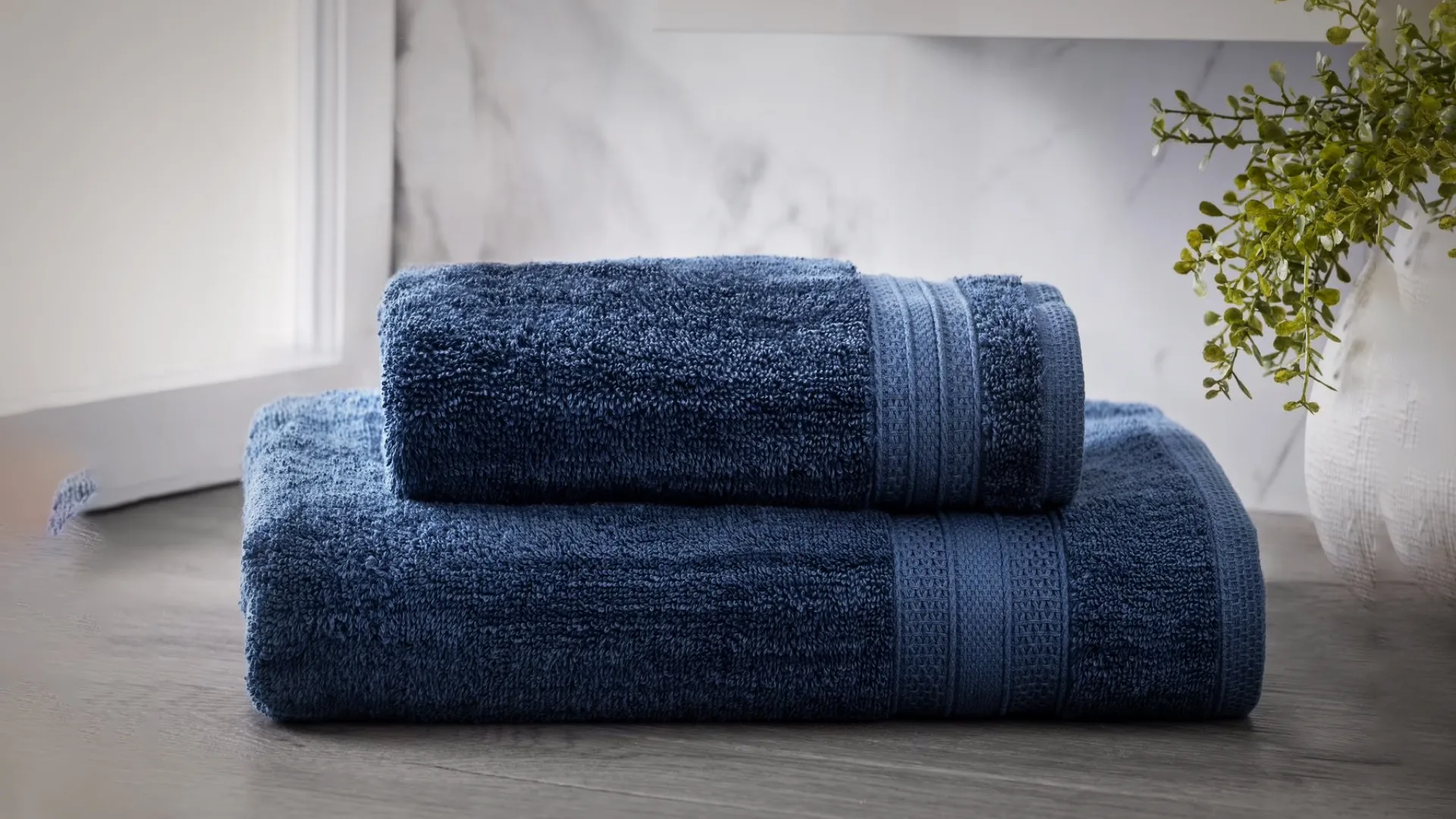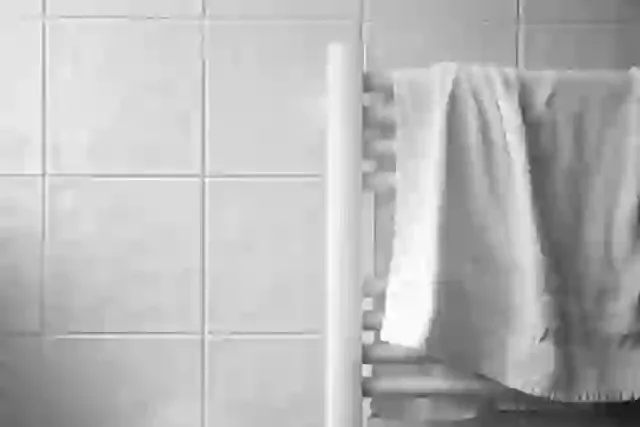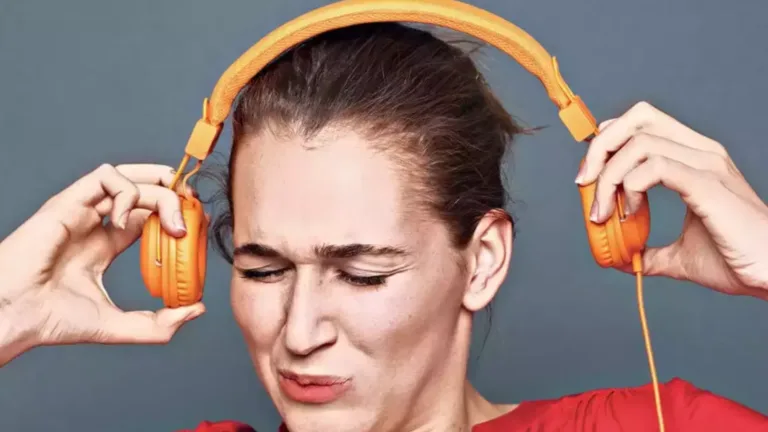Internet Goes Wild Over Debate on Towel Lines – What’s Their Real Purpose?

Millions Are Questioning the Function of These Mysterious Towel Features
In today’s digital age, it doesn’t take much to spark a viral conversation. A single, seemingly insignificant question can trigger a full-blown debate, engaging millions of people across various platforms. This time, the discussion isn’t about politics, groundbreaking technology, or world-changing discoveries—it’s about towels.
Yes, towels! Specifically, the mysterious lines that appear a few inches from the edges of most bath towels. A simple inquiry into their purpose has captivated internet users, leading to a flurry of theories, expert explanations, and of course, plenty of humorous takes.
From Twitter to Reddit, the conversation has gained momentum, drawing thousands of responses. While some believe the lines serve a functional role, others think they’re nothing more than a textile industry conspiracy designed to keep us buying new towels. But what’s the truth?
Let’s unravel this towel mystery and dive into the most popular theories, expert opinions, and the funniest takes from social media.

The Internet’s Obsession With Everyday Mysteries
There are countless small details in life that we rarely stop to question—until someone dares to ask.
For example:
- Why do jeans have tiny metal studs near the pockets? (Here’s the answer)
- Why does McDonald’s Coke taste better than the bottled version?
- Why do so many towels feature those distinctive lines near the edge?
Most of us accept these quirks as part of everyday life without much thought. But thanks to social media, questions like these now have the power to go mega-viral.
The internet has a long history of turning tiny, overlooked details into massive debates. Remember the infamous blue-and-black vs. white-and-gold dress argument that divided the world? This towel discussion has become another example of how something seemingly trivial can captivate millions.
And the latest puzzle? The purpose of towel lines—a mystery that has left even the most observant people second-guessing something they’ve seen their whole lives.
The Tweet That Started It All
The towel debate began when Twitter user Nate McGrady posted a photo of a standard bath towel with a simple yet compelling question:
“What is the purpose of this part of a towel?”
At first glance, it seemed like an innocent inquiry. But in just a few hours, thousands of people had engaged with the post, offering explanations, wild theories, and hilarious commentary.
what is the purpose of this part of a towel? pic.twitter.com/q4UYACVMDP
— Nate (@natemcgrady) March 13, 2025
It wasn’t long before the conversation spread beyond Twitter, making its way to Reddit and other online forums. People who had never given a second thought to towel design were suddenly questioning everything.
Some users immediately jumped in with scientific and practical explanations, while others leaned into conspiracy theories and jokes. The sheer variety of responses is what made this debate so engaging—no one seemed to have a clear answer, and the curiosity only grew.
But while the internet was having fun guessing, some answers started to stand out as particularly interesting.
🔥 Social Media Buzz: What People Are Saying
As the towel debate spread, social media users from around the world started sharing their thoughts. Here are some of the most viral posts:
📢 Twitter Post: @natemcgrady – “What is the purpose of this part of a towel? 🤔 Someone explain before I lose my mind.”
😂 Reddit Discussion: r/NoStupidQuestions – “Towels are the new ‘blue or gold dress’ – discuss.”
🧐 Facebook Post: Towel Hub’s Explanation – “It’s called a dobby border, and it actually serves a purpose! Who knew?”
📺 TikTok Trend: @TowelTok – “When you realize towels have been tricking you this whole time. 🤯”
💬 Instagram Poll: @HomeHacks – “Do you think towel lines serve a real purpose, or are they just decoration? Vote now!”
Want to join the conversation? Click the links above to share your thoughts and see what people are saying!
Wild Theories – From Towel Mileage to Annoying Shrinkage
As with any viral debate, the internet’s creativity was on full display. Some of the first responses to the towel question were hilariously absurd, but surprisingly, they still made people think.
One of the most popular (and comical) theories compared the towel lines to car tire tread indicators:
“It’s a tread line. When your towel thins out to that level, it’s time to replace it. Mileage may vary.”
The idea that towels come with a built-in “wear indicator” is admittedly entertaining, and while it’s unlikely, it’s not completely out of the realm of possibility.
Another viral comment from the original poster suggested that the lines serve a purely frustrating purpose:
“I’m convinced that it only exists to shrink and make it impossible to fold the towel nicely, causing you to buy another towel.”
This take resonated with people who have struggled with neatly folding towels, reinforcing the idea that certain design choices may have hidden commercial motives.
Although these explanations were lighthearted, they sparked an even deeper curiosity. People started looking for real answers, and experts were quick to weigh in.
The Expert Answer: It’s All About the ‘Dobby Border’
As speculation continued, people with textile knowledge finally stepped in to clear things up. According to experts, the lines on towels are part of a “dobby border.”
A Reddit user explained:
“It’s called a dobby weave. It maintains structure and prevents curling. It’s also decorative.”
Another user expanded on this, detailing how the dobby border helps:
“It reinforces the fabric, prevents fraying, adds a decorative touch, and helps with folding. It’s also less absorbent due to its tighter weave.”
Backing up these claims, American towel wholesaler Towel Hub confirmed to The New York Post:
“Known as a dobby border, this woven strip helps prevent fraying, improves absorbency, and gives towels a professional, polished look.”
So, in the simplest terms, the lines aren’t random design choices—they actually serve a structural purpose. But, of course, that didn’t stop alternative theories from emerging.
Another Practical Theory – Clothesline Convenience
Just as the dobby border theory started gaining traction, another practical explanation surfaced:
“It’s for hanging on a clothesline—the pegs don’t leave a mark.”
This idea suggests that the dobby border isn’t just for structure and durability, but also for functional drying. Since the woven border is often less absorbent, it may be strategically placed to avoid creases or damage from clothespins.
For people who still air-dry their towels, this theory holds real merit. It’s a small detail, but one that could explain why the lines exist on so many towels worldwide.
The Final Verdict – Is There a Winner?
At the end of the day, both explanations make sense. The dobby border theory provides a technical reason, while the clothesline theory offers a practical purpose.
What’s clear is that these lines aren’t meaningless. Whether they’re there for fabric reinforcement, aesthetic appeal, or better drying, one thing is certain—the internet’s curiosity has led to an answer.
So, next time you fold a towel, you can impress your friends by dropping some towel trivia knowledge. Who knew something so small could spark such a massive debate?
What’s Your Take?
Do you believe in the dobby border theory, or do you think there’s a secret towel industry conspiracy at play?
Join the discussion in the comments and share this with your towel-loving friends! 🛁✨
Featured Image Credit: Getty Stock Image






